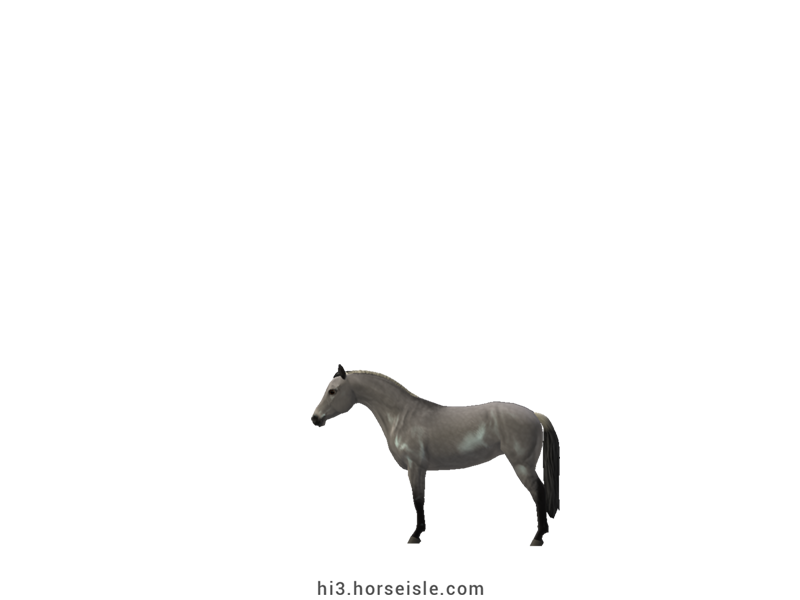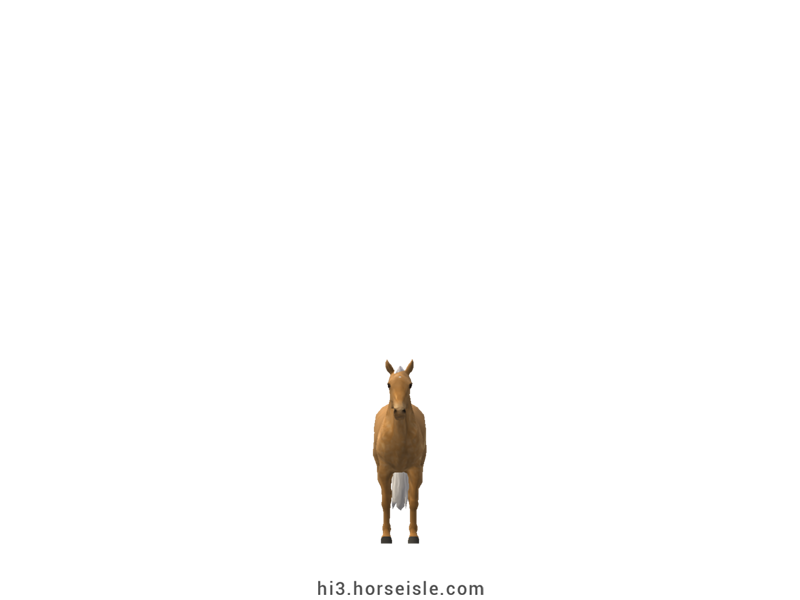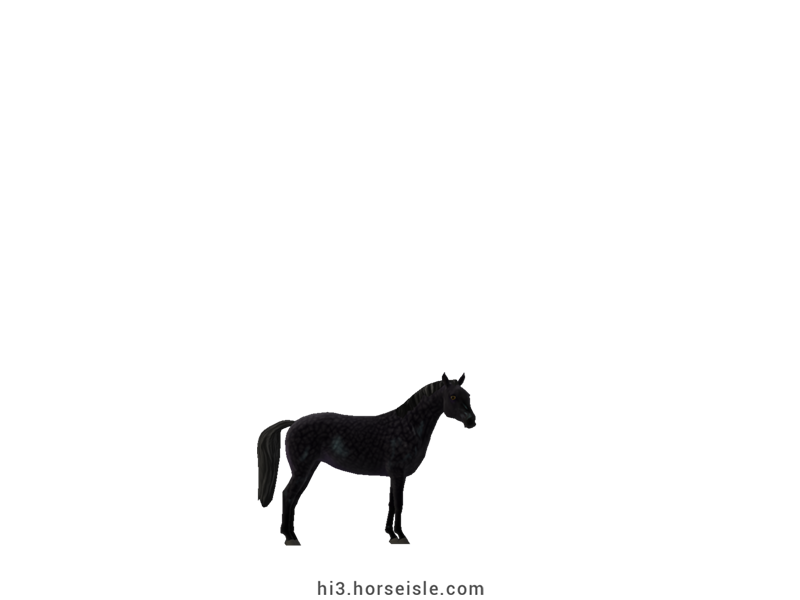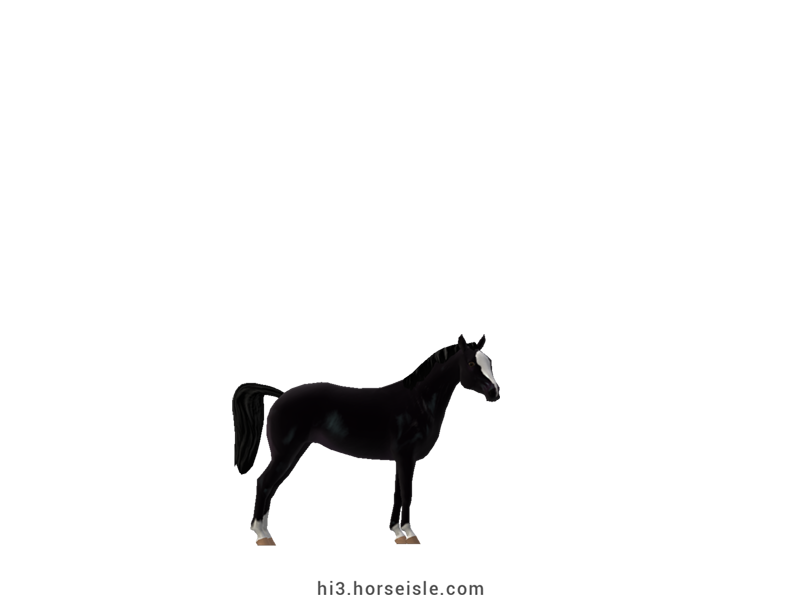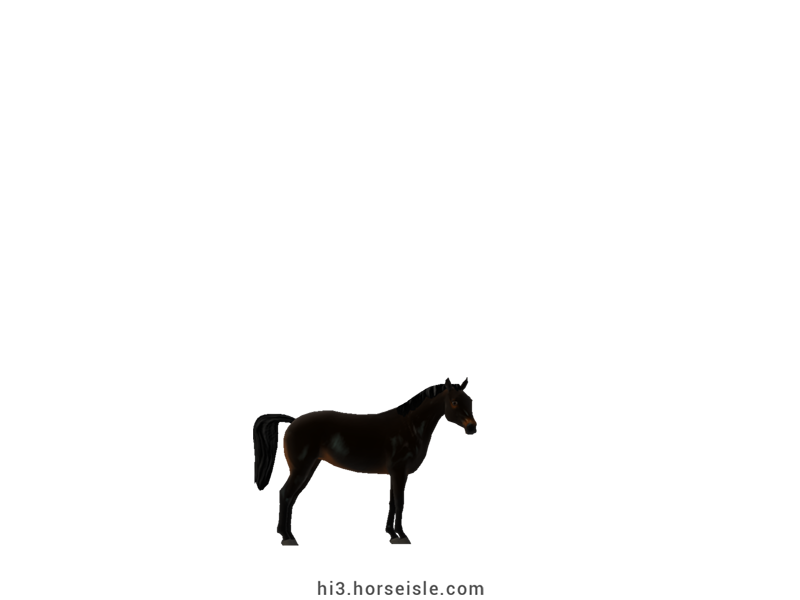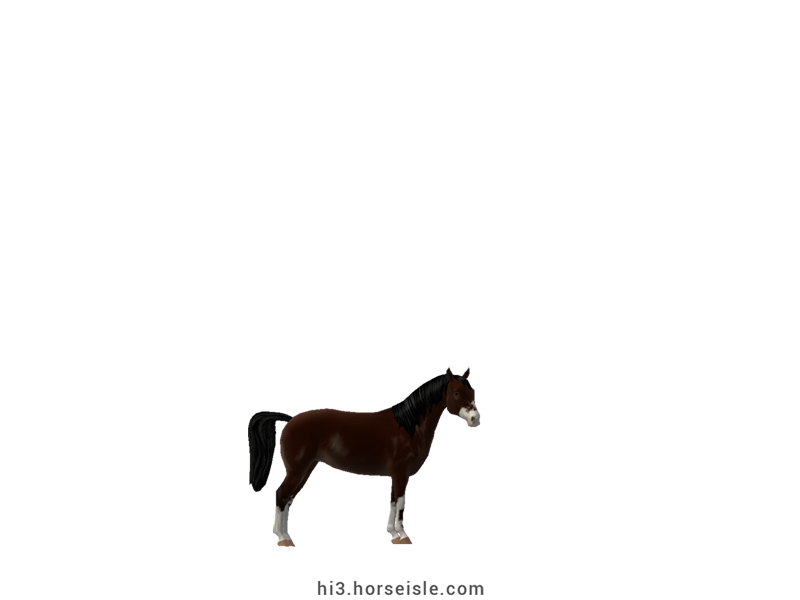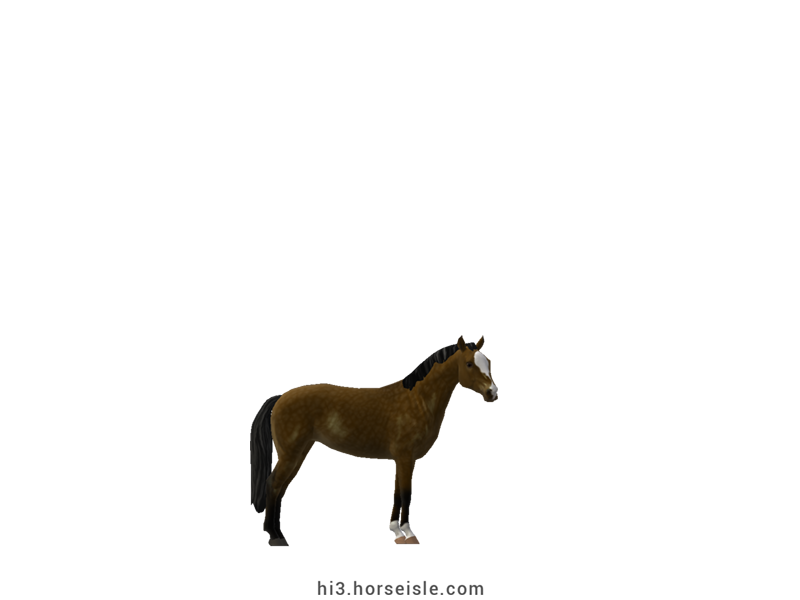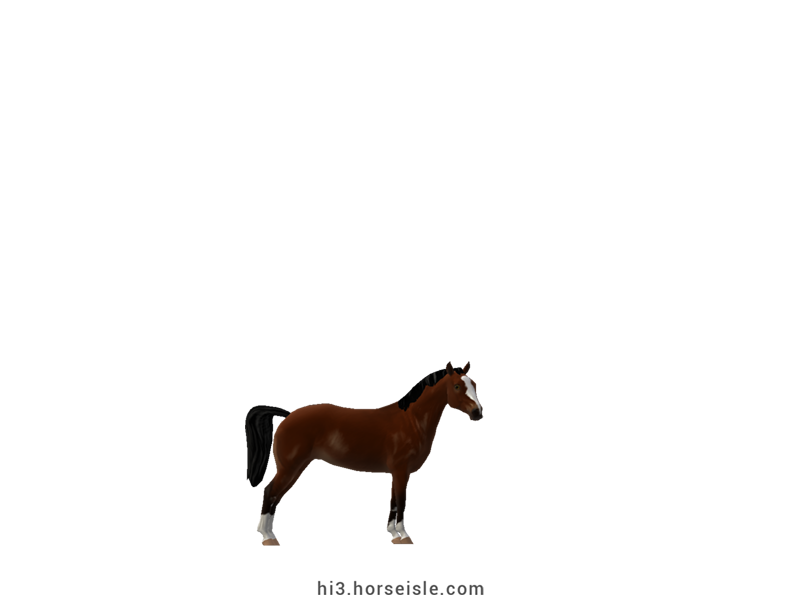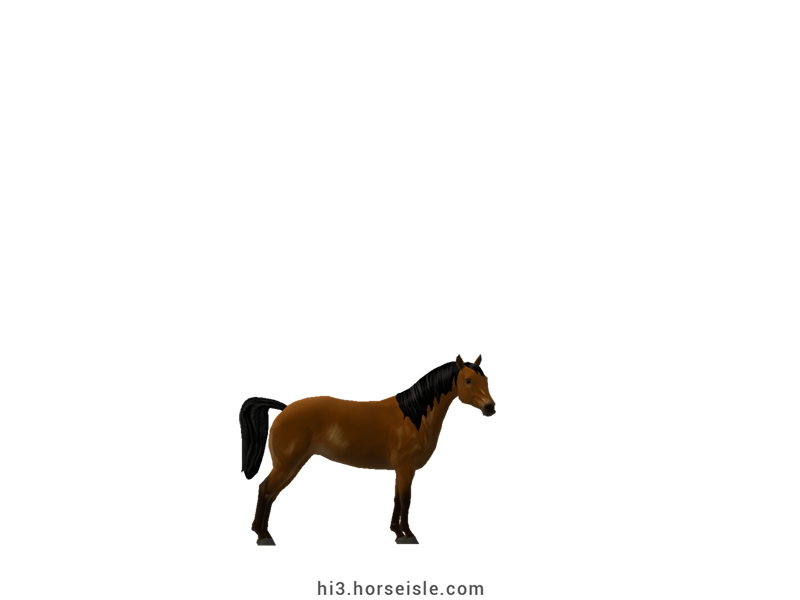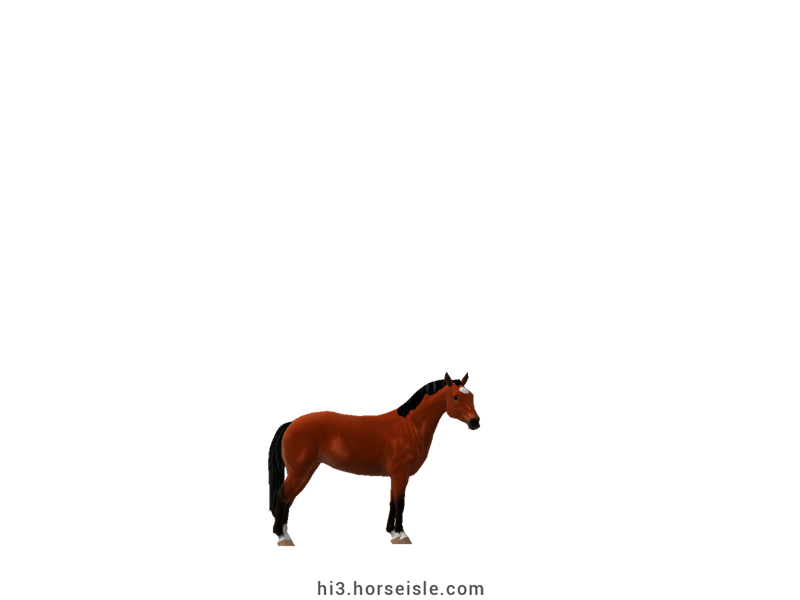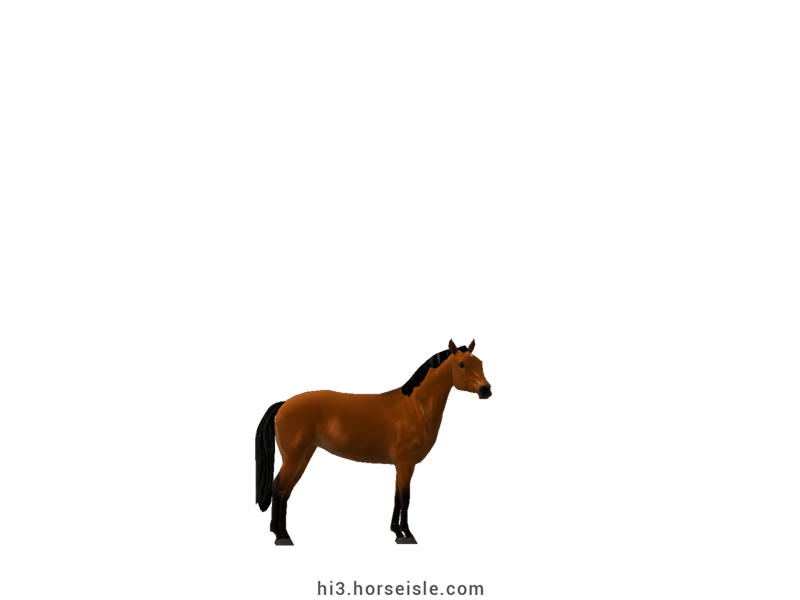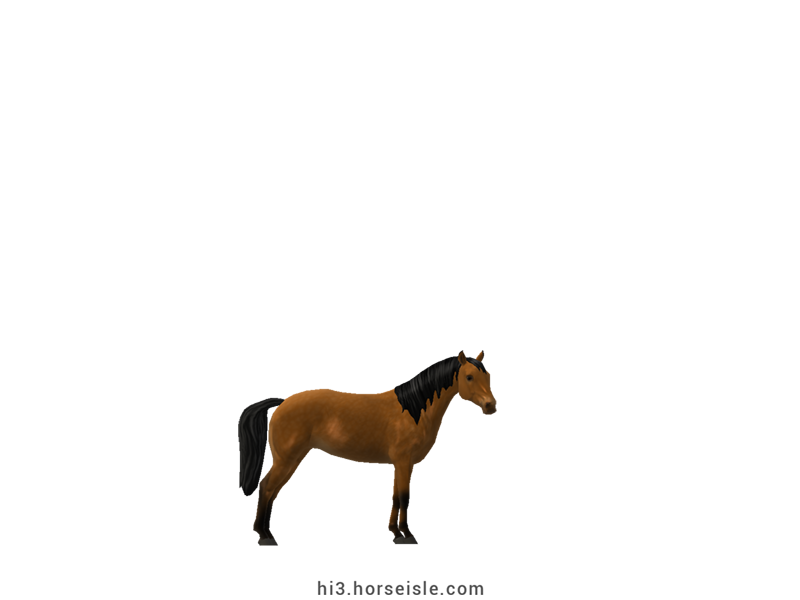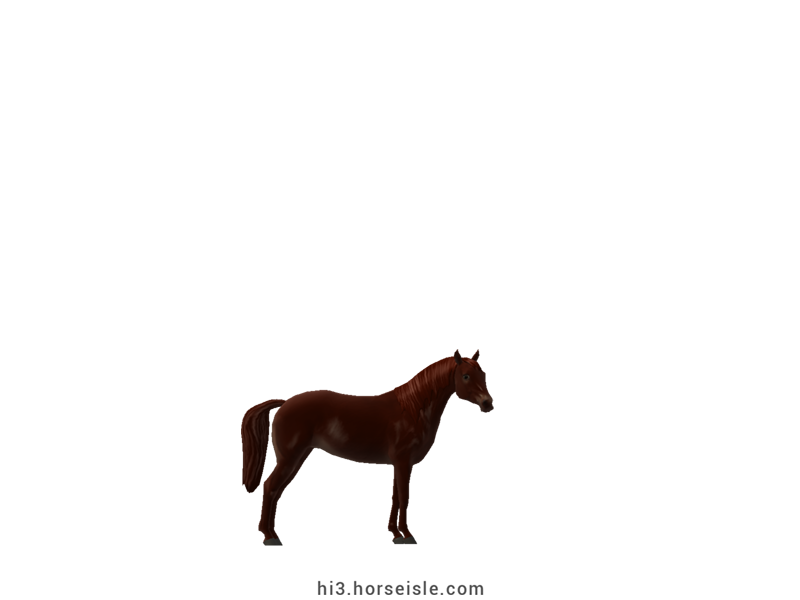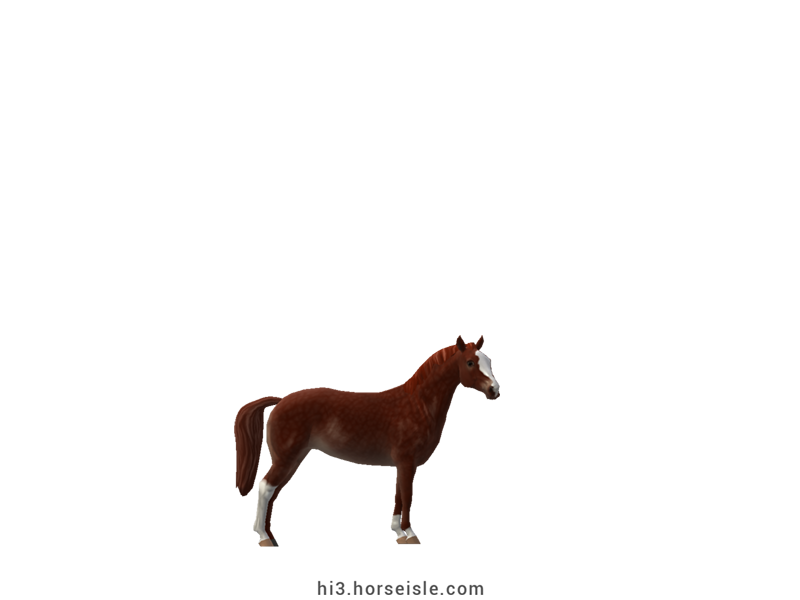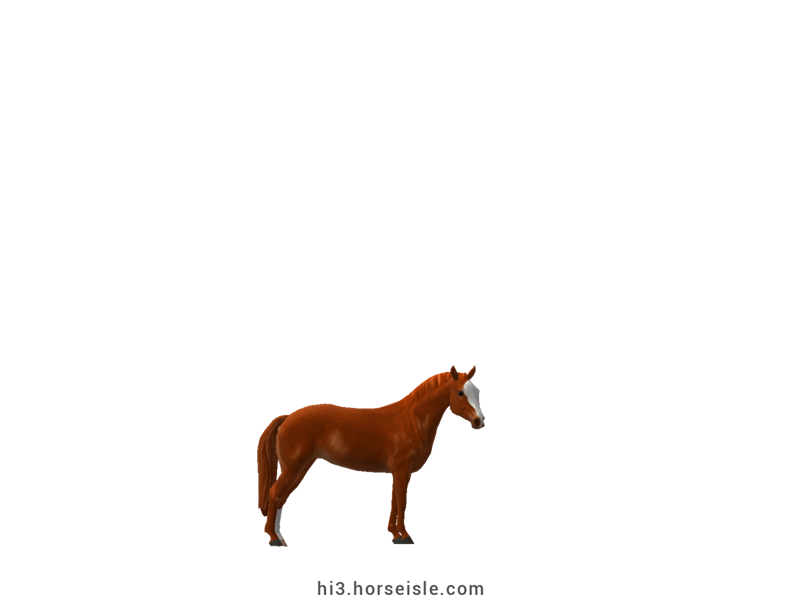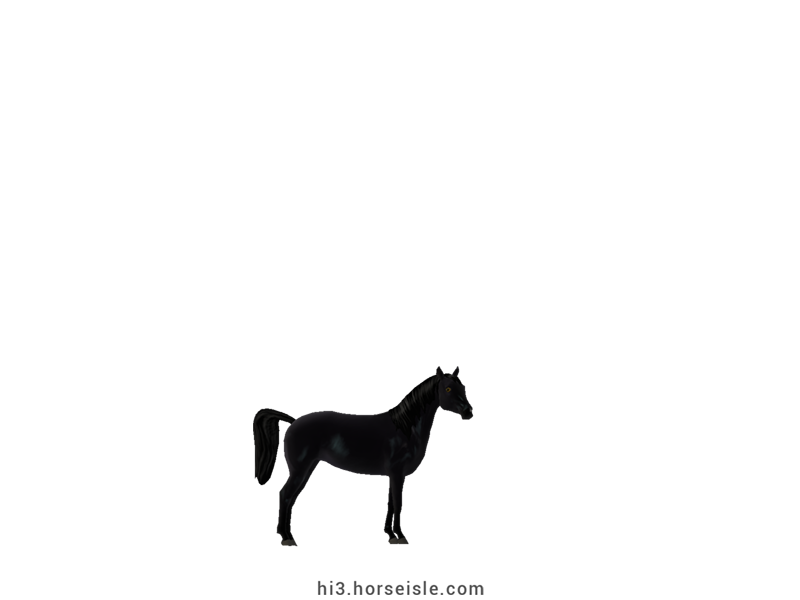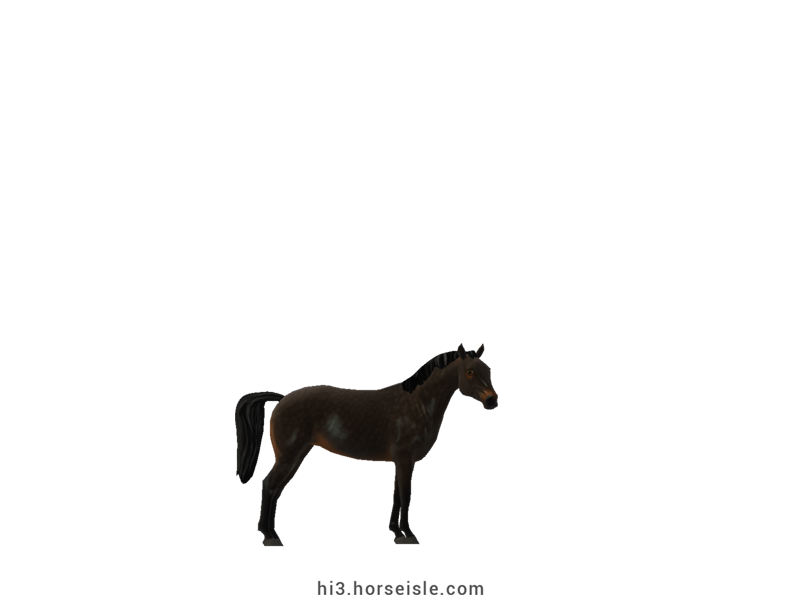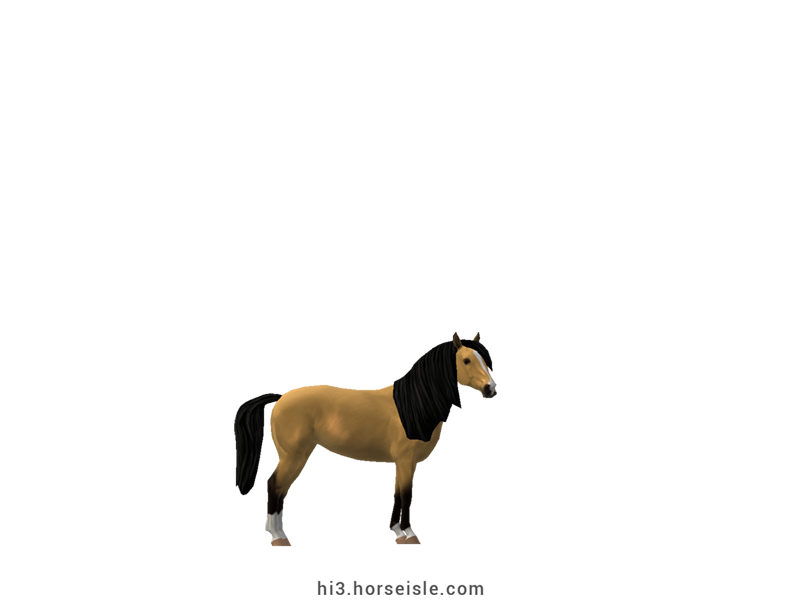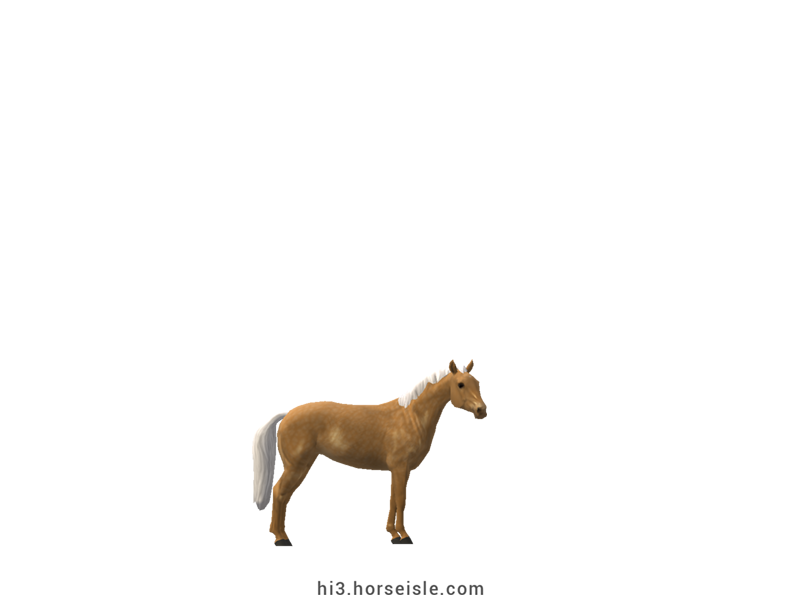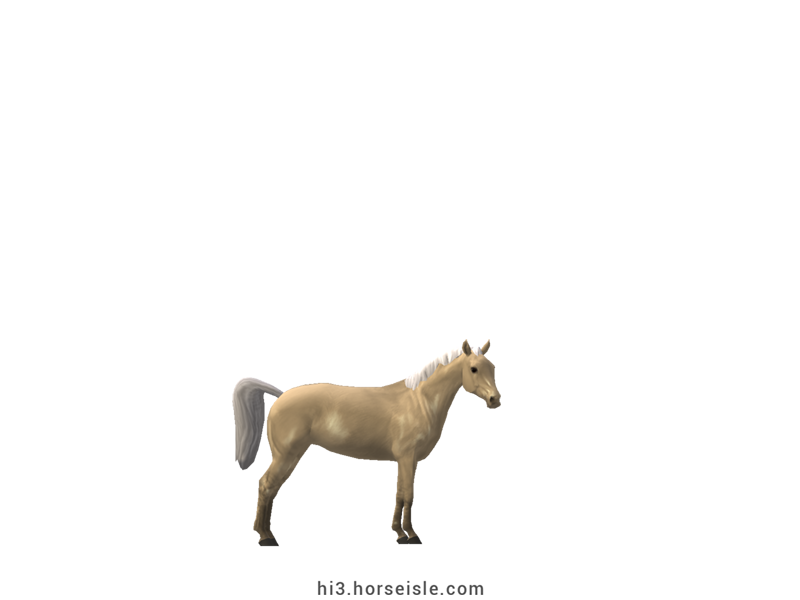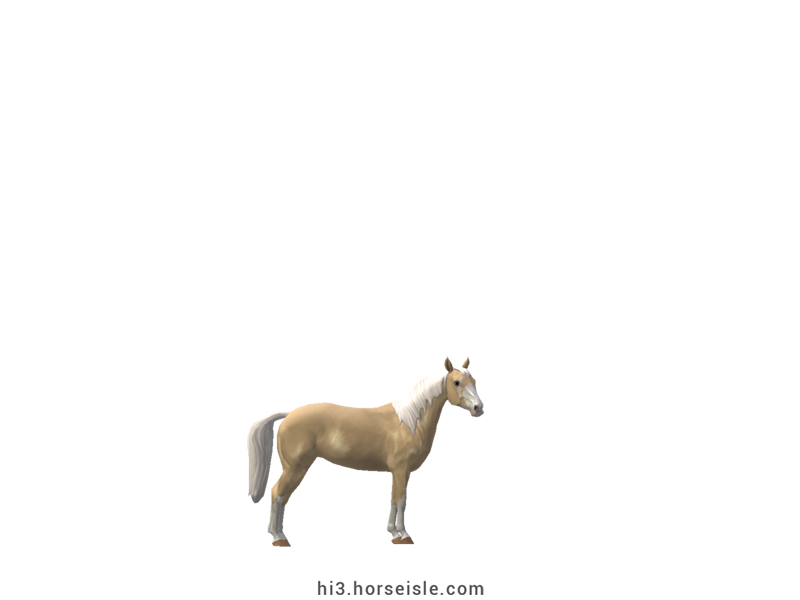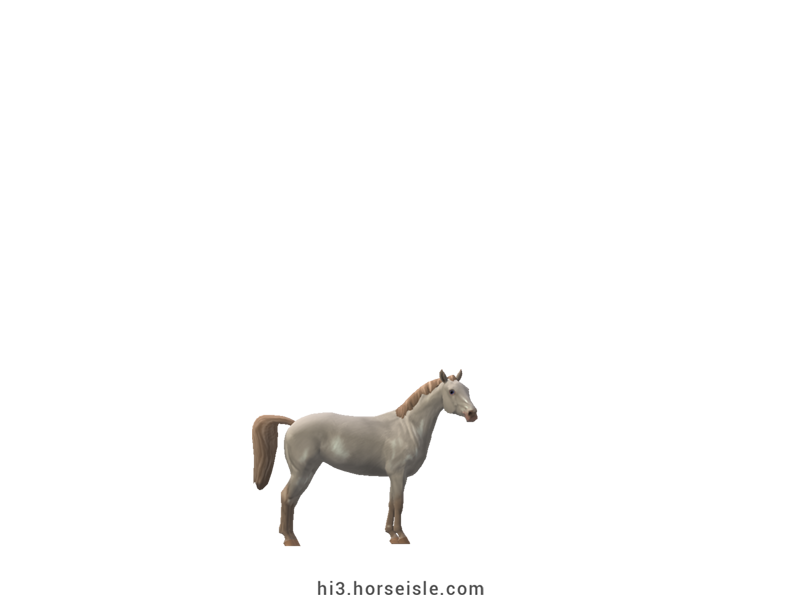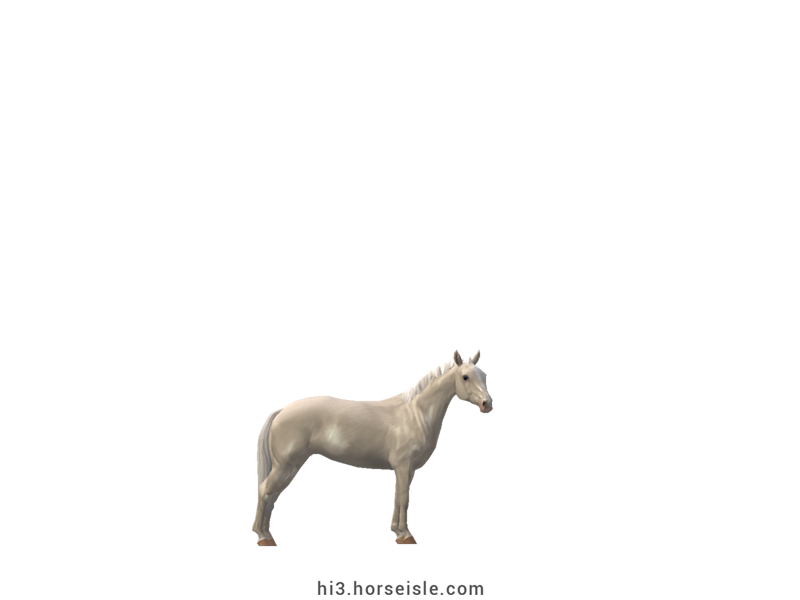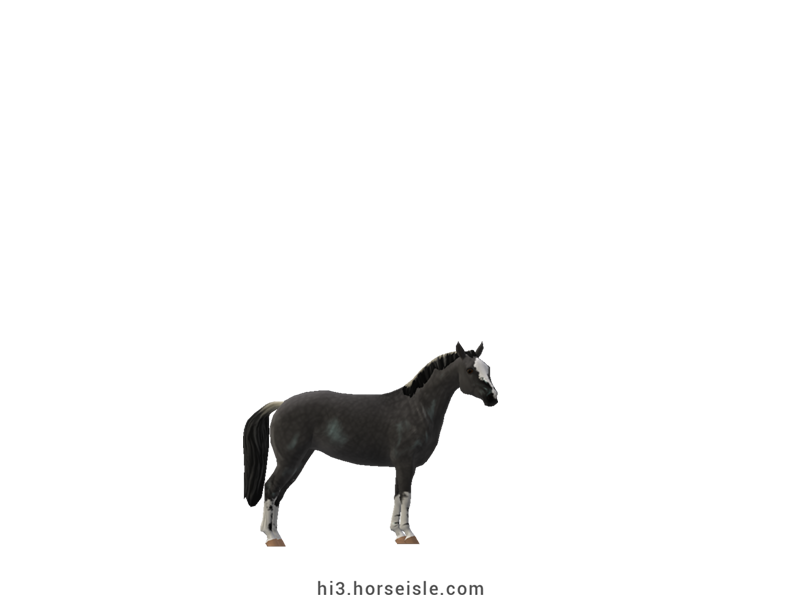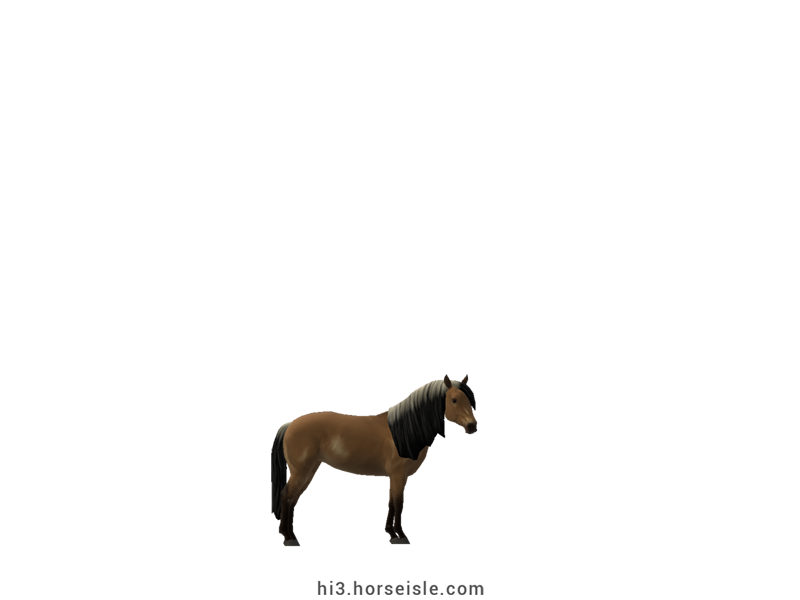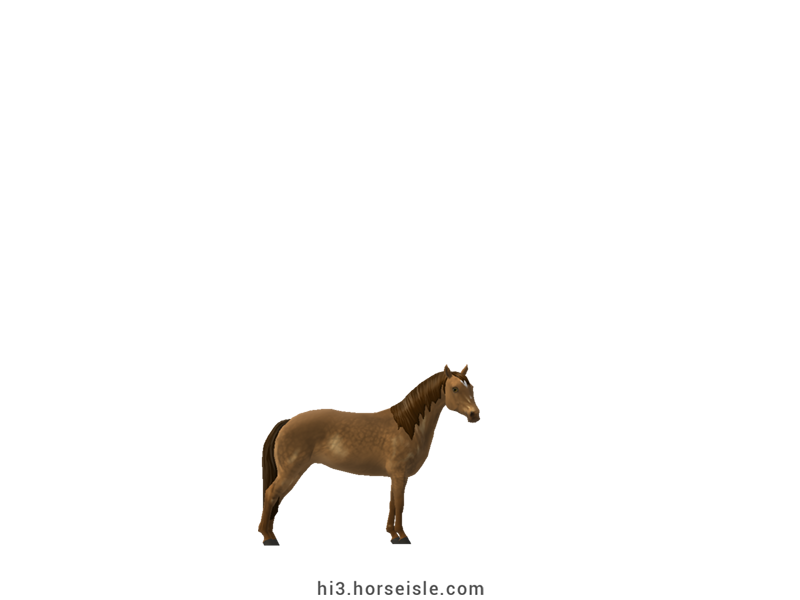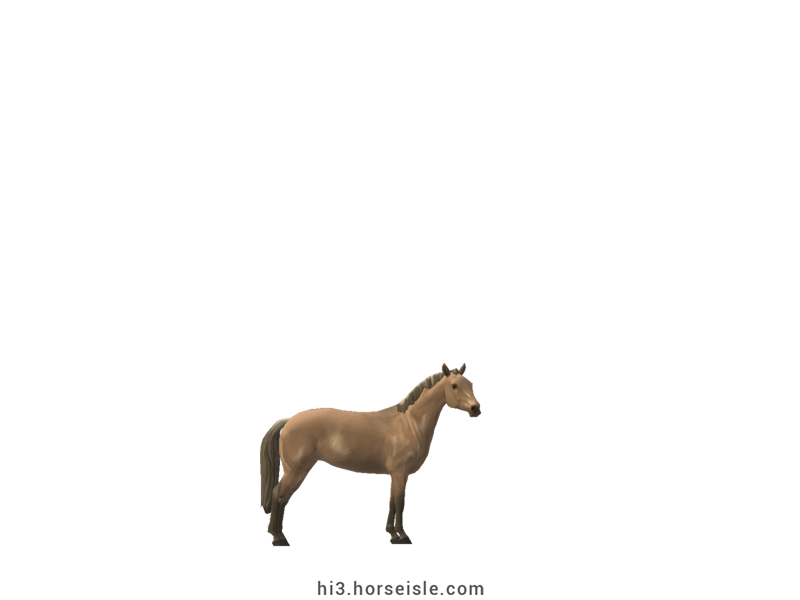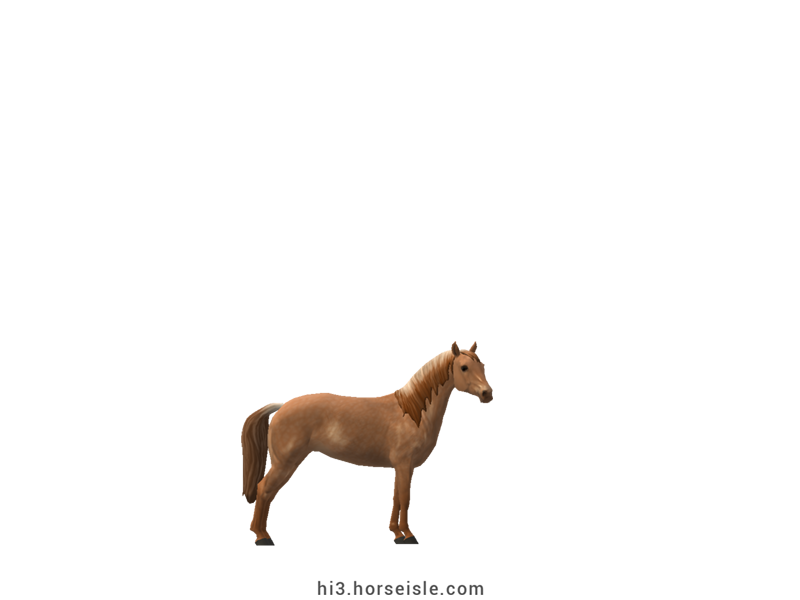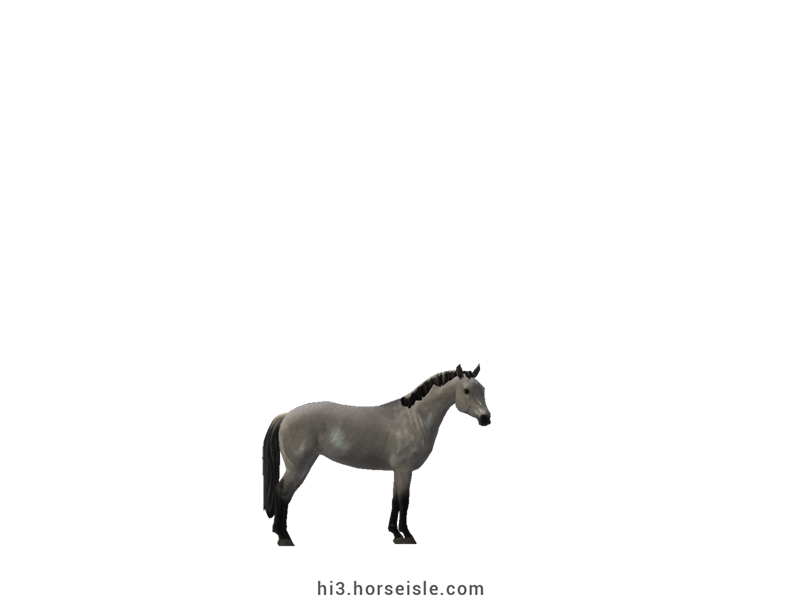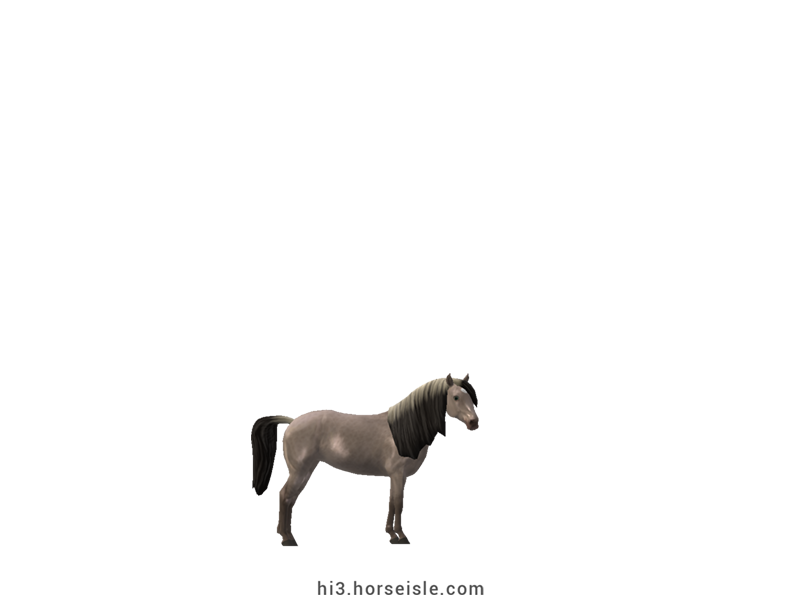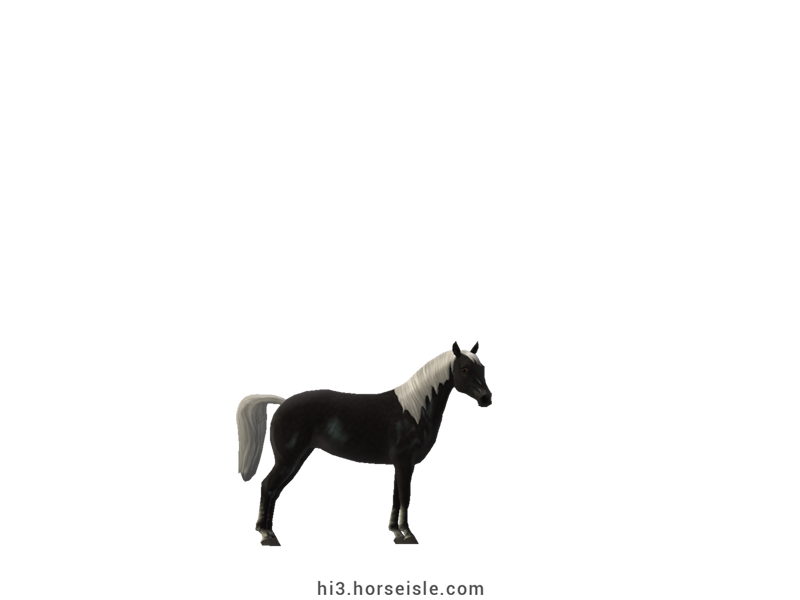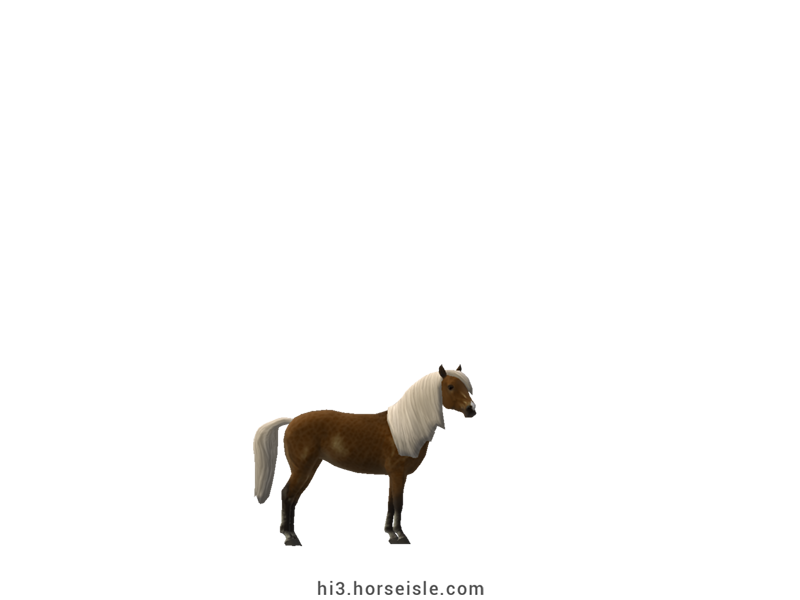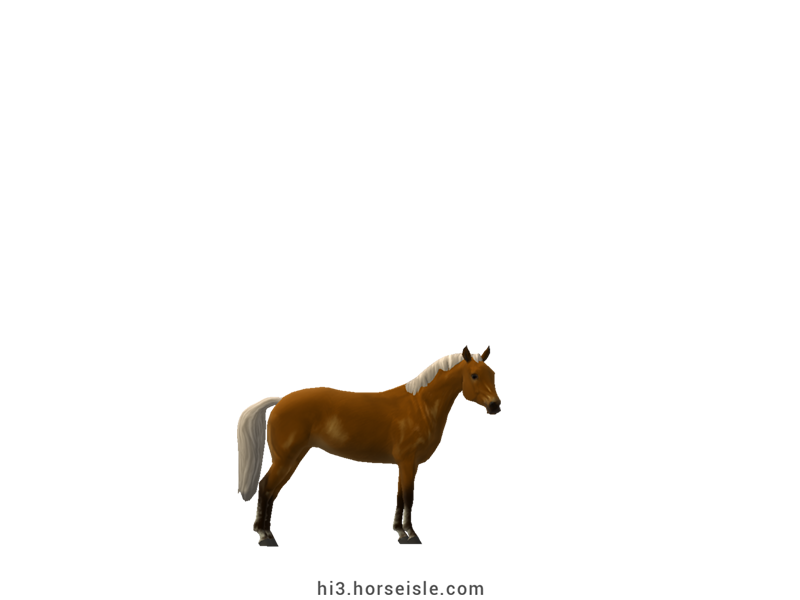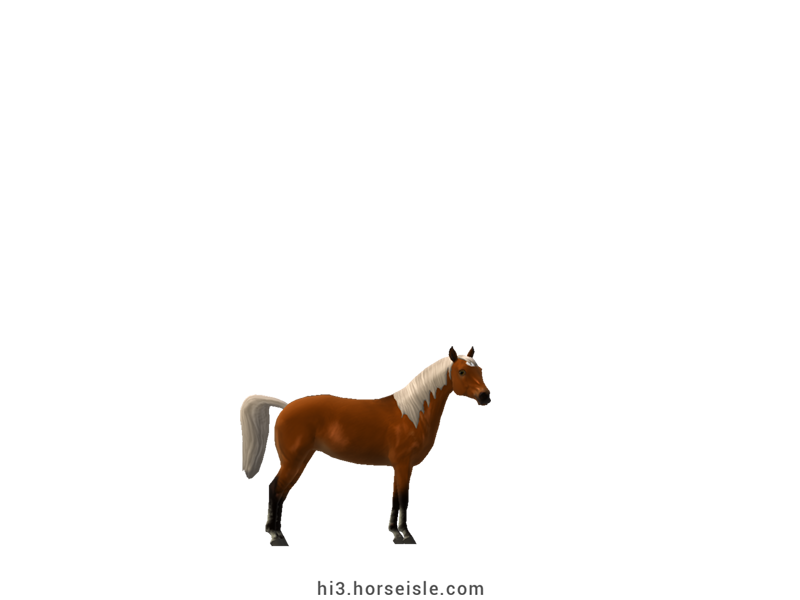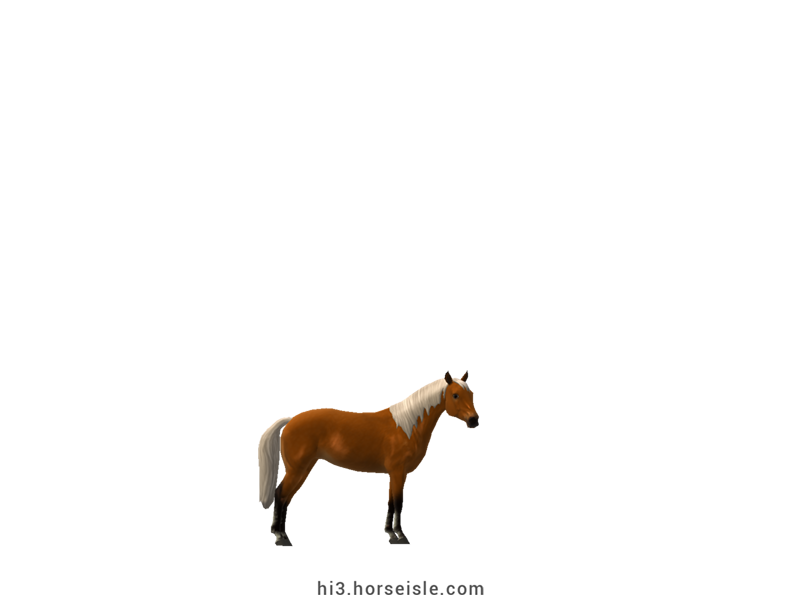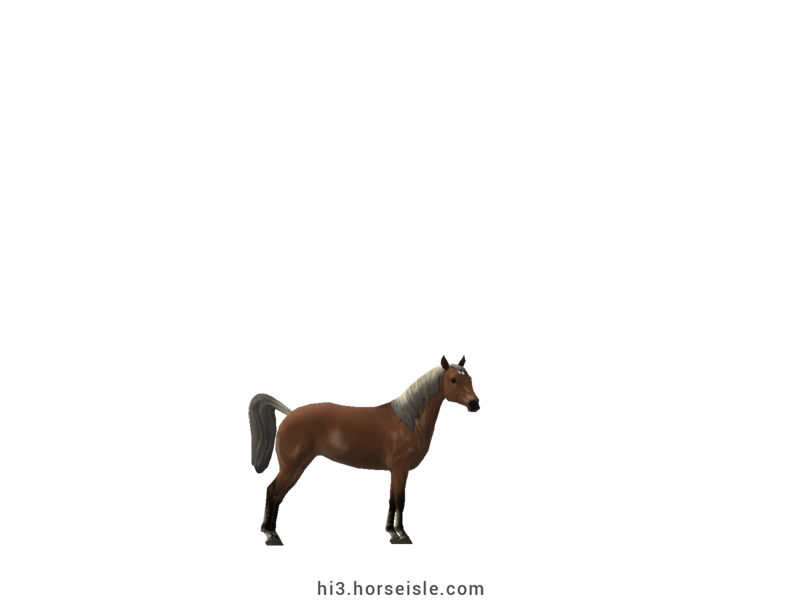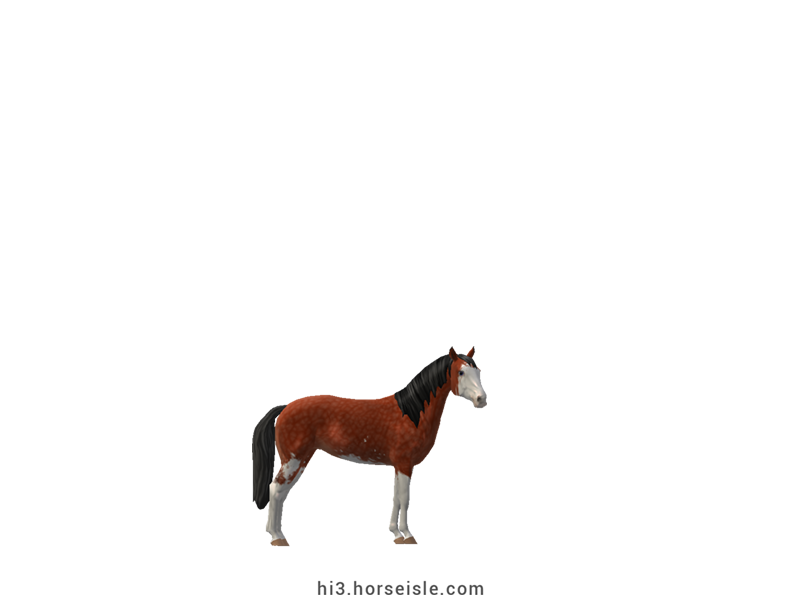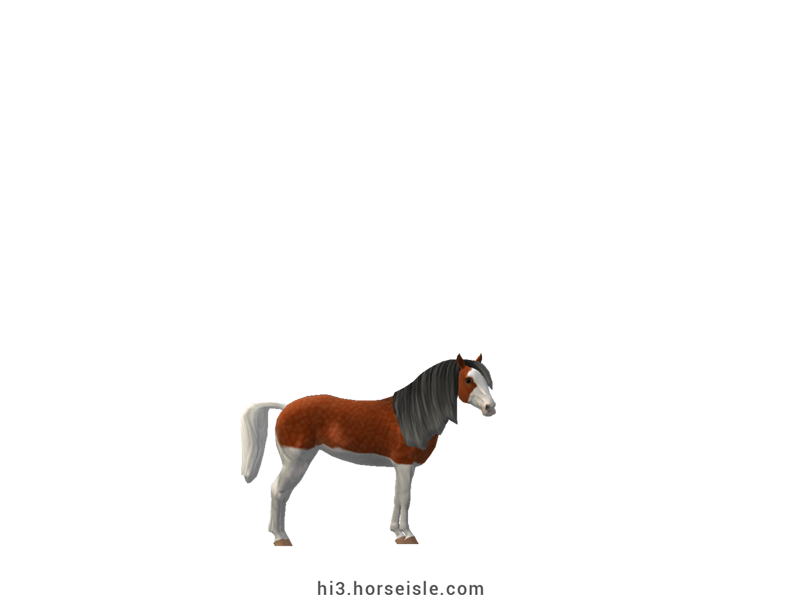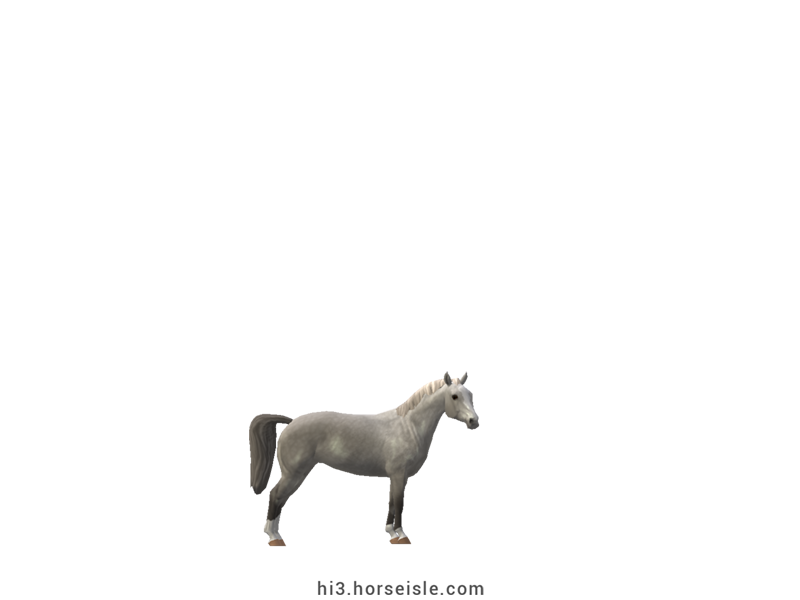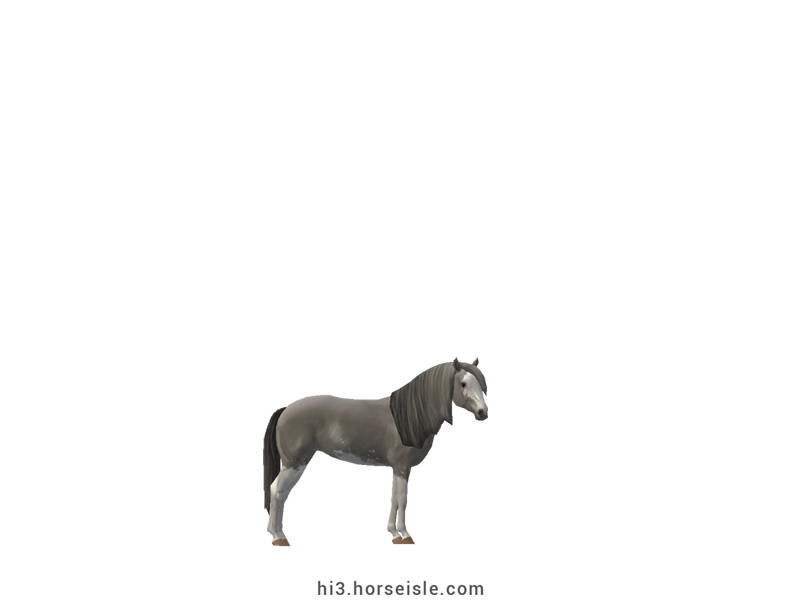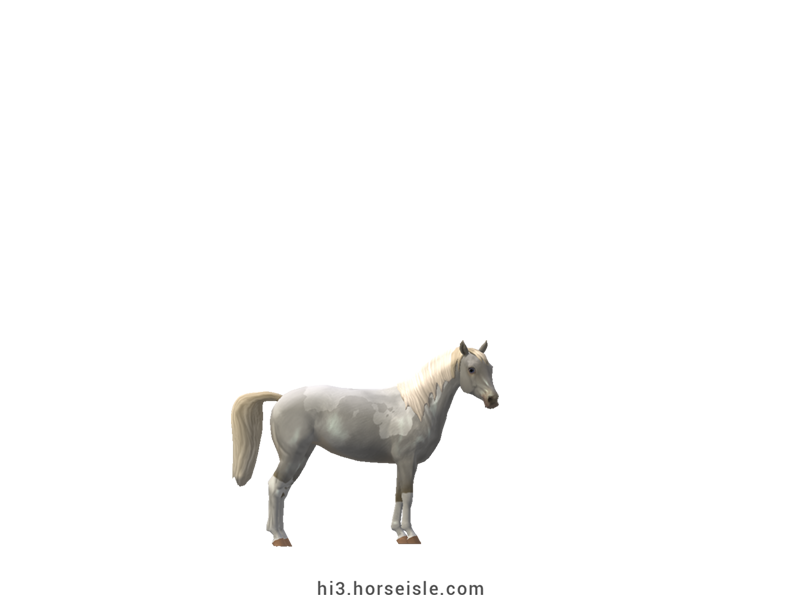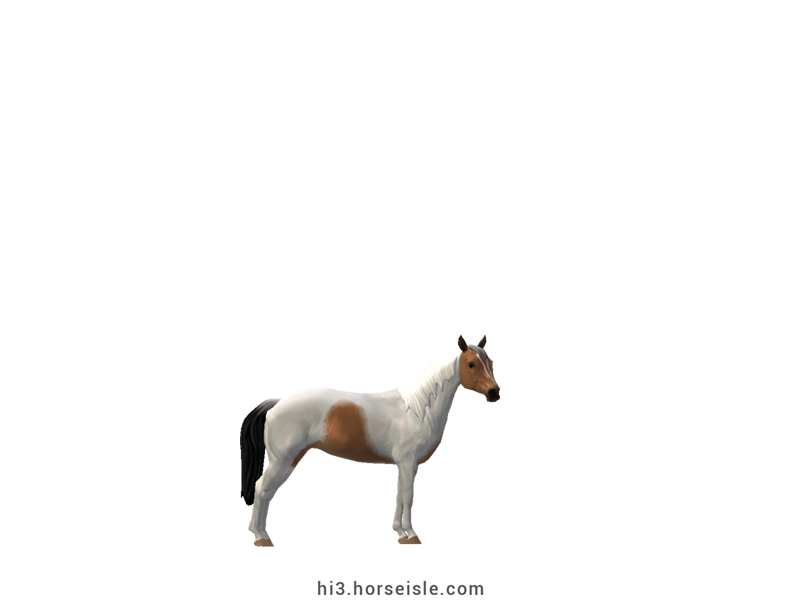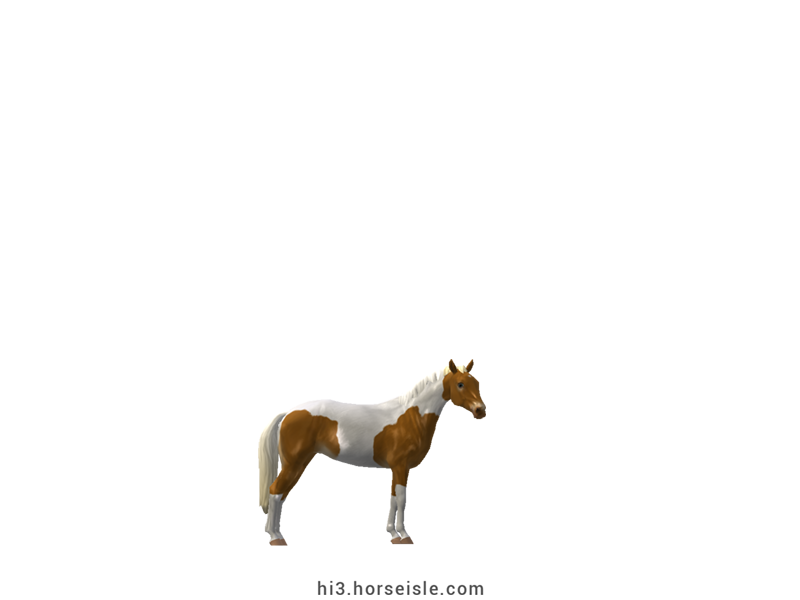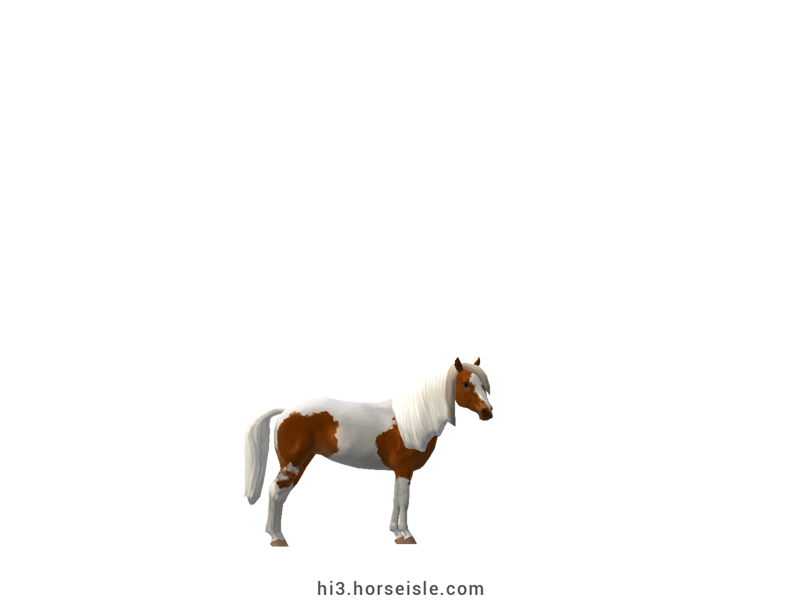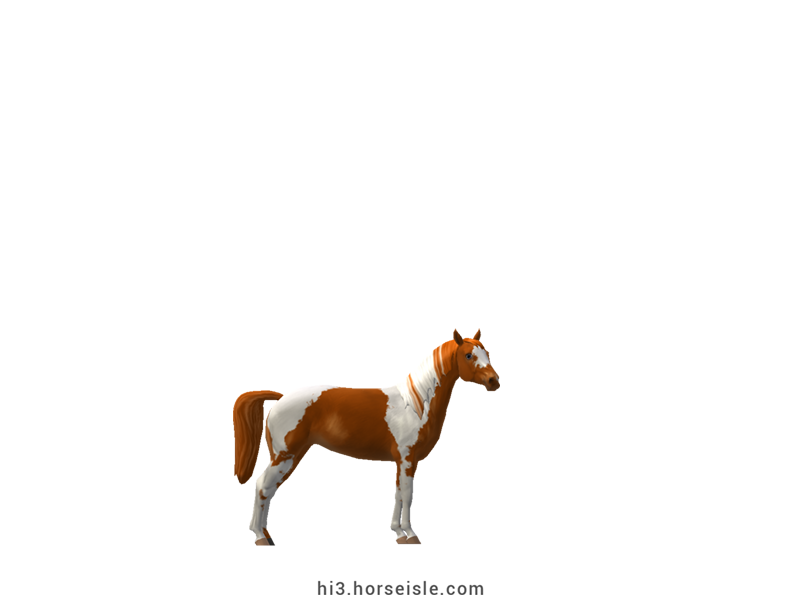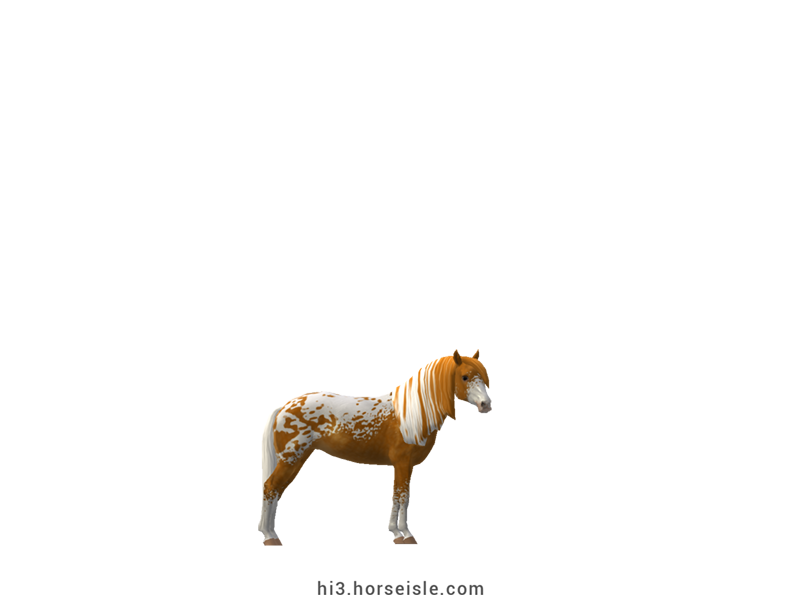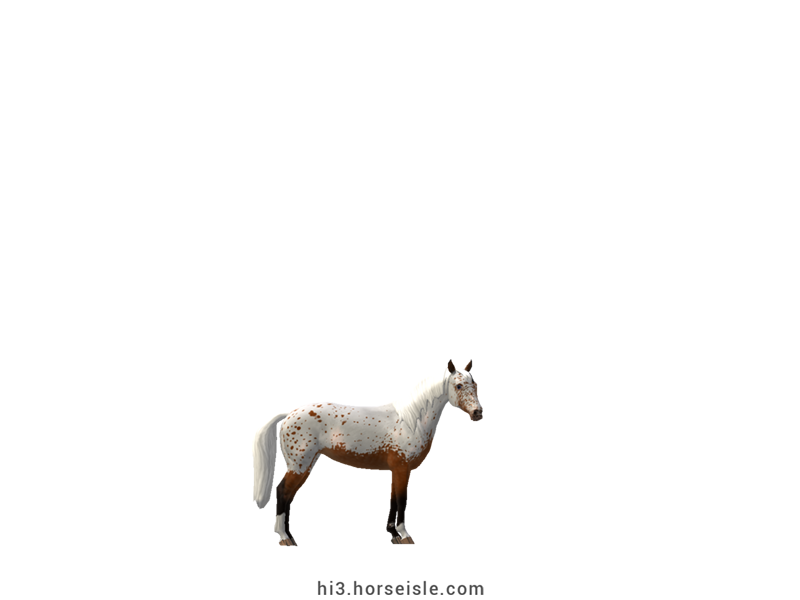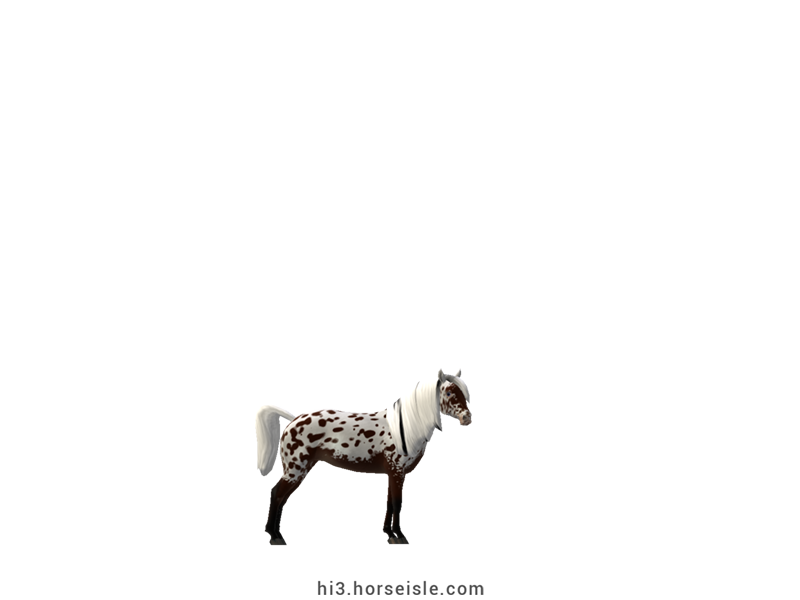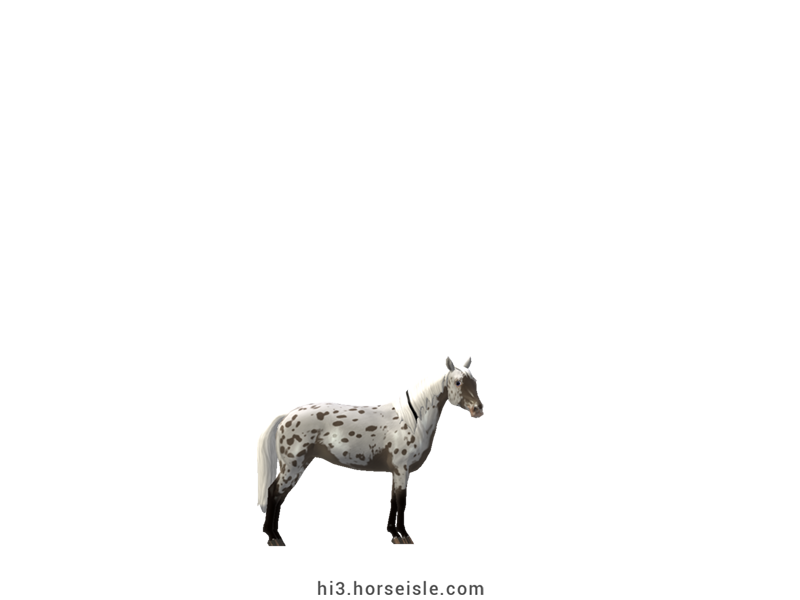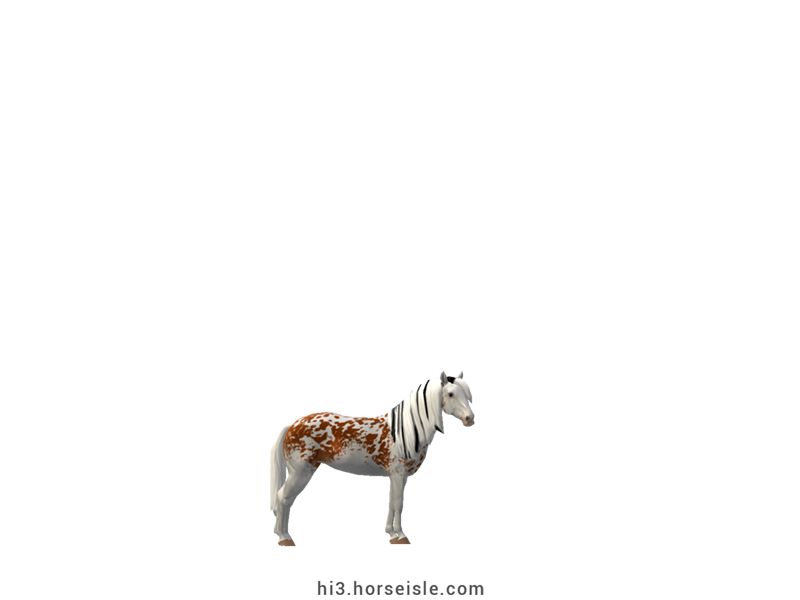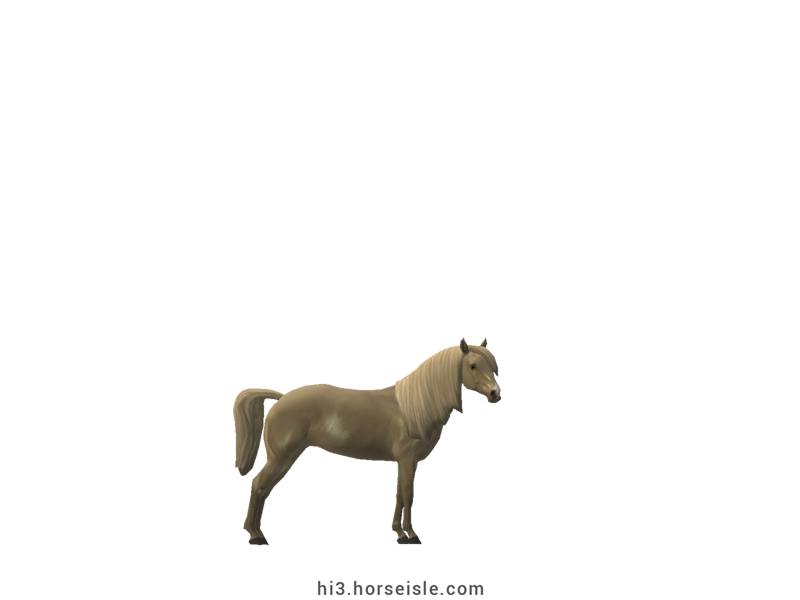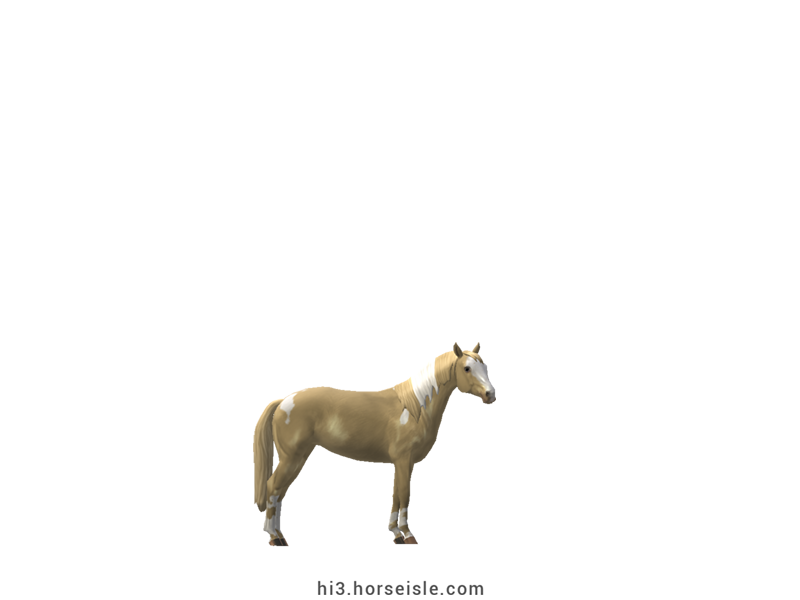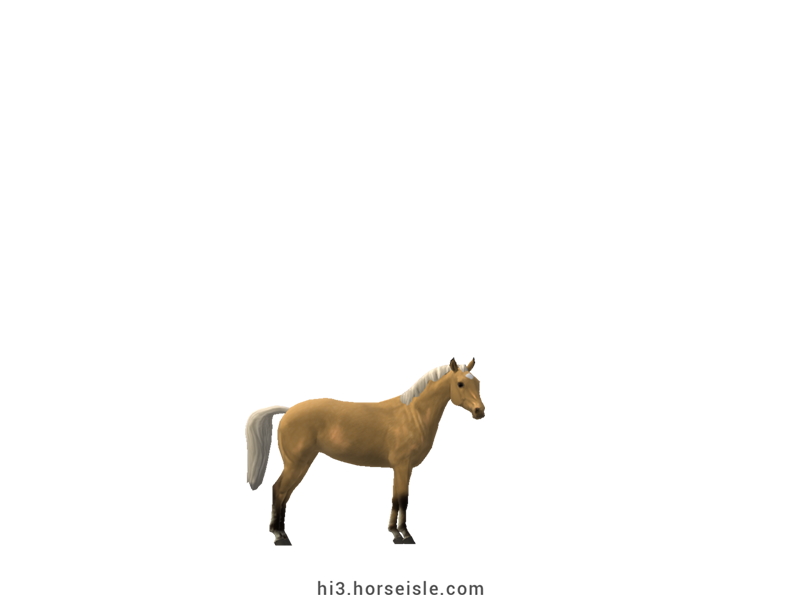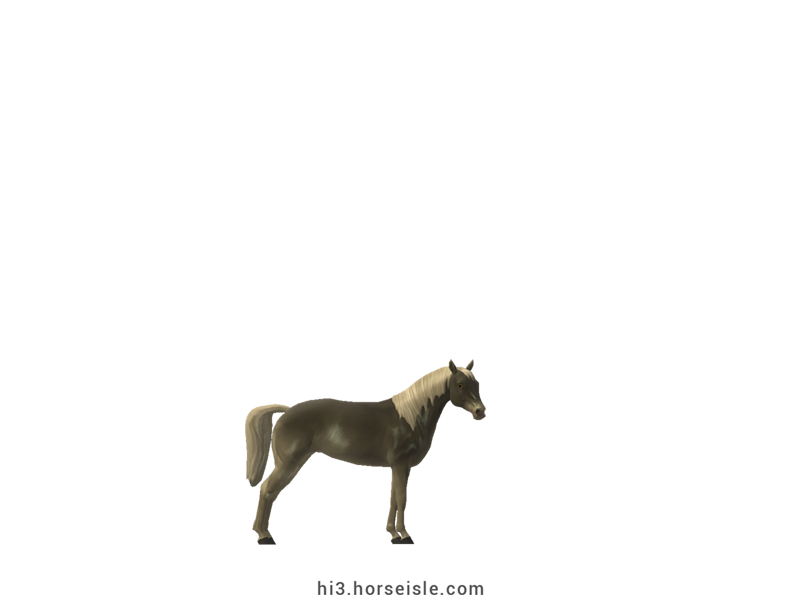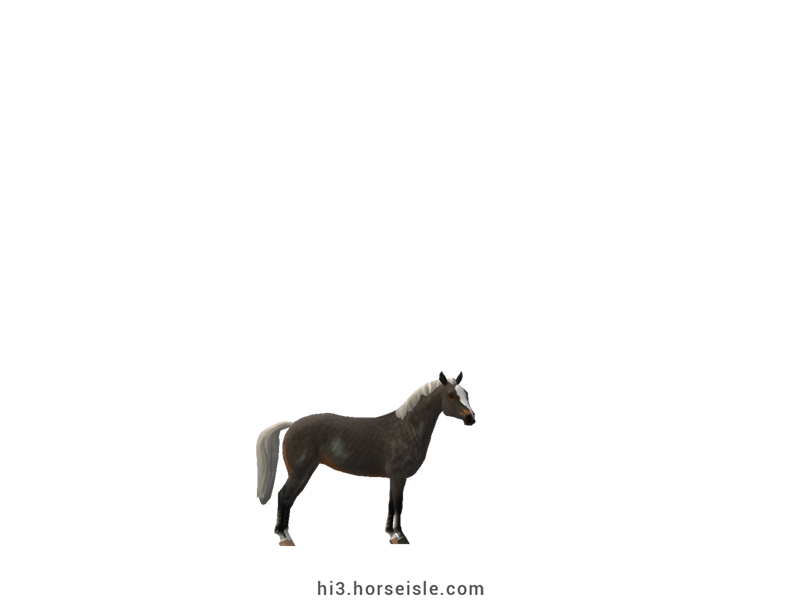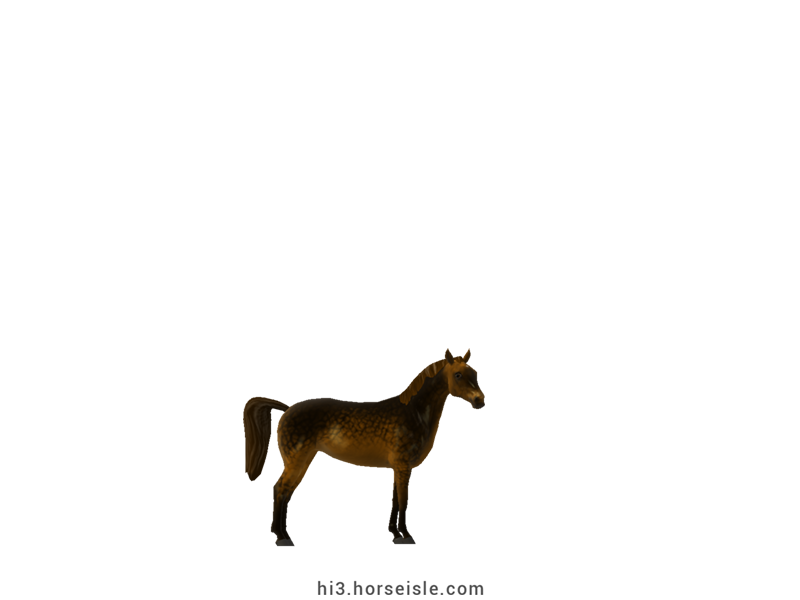Our Massive Real World Equine Reference!
[ INDEX ] Equine Type: Horse Breed: American Miniature Horse (AMH) [ PREV ] [ NEXT ]
Origins & History:
The ancestors of the American Miniature Horse were small pit ponies that were imported to the USA during the 19th century. Furthermore, other small horses and ponies were also used during the breeding process.
Specifically, Shetland Ponies that were imported during the 1880s were also used in the various breeding programs for breeding tiny ponies and horses (see the 'American Shetland' for more info). In addition, in the case of the AMH, Falabella horses that were imported from Argentina also played a prominent part in its development.
Registration & Breeding rules:
During the 1960s, Miniature Horses began to gain more and more popularity in the USA. In 1978, the American Miniature Horse Association (AMHA) was established, with the aim of promoting the breed and regulating its breeding. The studbook of the AMH was closed in 1987, meaning that a miniature horse must have two AMH parents in order to be registered as an AMH.
That said, in Horse Isle, AMHs are allowed to be crossed with Falabellas as well. This is because many Falabella horses in the USA are also registered with the AMHA (see the 'Falabella' for more info).
The American Miniature Horse Today:
Today, AMHs are extremely popular in the USA. They are usually used for halter shows, and for in-hand show-jumping courses. Moreover, many AMHs are stronger for their size, and are used in harness and driving events.
In recent years, however, AMHs are becoming more and more famous among the general public. Their calm and friendly personality, together with their small size, makes them unique therapy horses. Specifically, they can also be brought to various venues such as hospitals, nursing homes, community centers, and therefore can serve for treating people who can't travel far. In addition, they are also ideal for treating individuals who can't ride or be around larger horses. As such, many AMHs serve as therapy horses for people of all ages.
Conformation:
Aside from their small size, AMHs are also known for their iconic conformation that is characterized by the following: the head is short with a tapering muzzle, the profile is dished or straight, the nostrils and eyes are large, the ears are medium and their tips are often curved inwards, the neck is long and noticeably arched, the withers are visible, the back is short, the croup is round, and the legs are long and sometimes thin. In addition, AMHs often stand with their hind legs stretched behind them.
It is also worth noting that the hair of the mane and tail is silky (straight) or, in rarer cases, is wavy. Therefore, in Horse Isle, it is not recommended to cross AMHs with horses who have coarse hair.
Performance metrics:
The following are the: range, average, (SD), and MOE of performance metrics of ordered American Miniature Horses in Horse Isle (not bred ones). In rare cases,
Speed: 11.6-12.2, 11.8 (0.1), 0.03.
Sprint: 18-27, 22 (2), 0.4.
Accel: 1.02-1.20, 1.11 (0.04), 0.01.
Decel: 0.89-1.05, 0.97 (0.04), 0.01.
Jump: 4.89-5.19, 5.05 (0.06), 0.01.
Pull: 0.11-0.50, 0.28 (0.10), 0.02.
Turning: 47.56-61.51, 54.68 (2.96), 0.58.
Reverse: 1.9-2.6, 2.3 (0.1), 0.03.
Stamina: 39.01-43.97, 41.41 (0.91), 0.18.
Reaction: 0.48-0.66, 0.59 (0.04), 0.01.
Coats & Height:
Colors & patterns: AMHs come in all colors and patterns except for dominant black and manchado, though these two can be bred into the AMH.
Height: AMHs are never taller than 8.2hh, and while there is no official minimum height limit for this breed, in Horse Isle they stand between 6.2hh and 8.2hh.
[ INDEX ] [ PREV ] [ NEXT ]

